The Muse is a creative publication that aims to share the interests, talents, and research of students on campus. The following represents the opinion of the student writer and does not represent the views of Loyola University Maryland, the Greyhound, or Loyola University’s Department of Communication.
Last summer, I had the opportunity of a lifetime: an offer to visit London with my aunt. I accepted wholeheartedly–when would I have another chance? When I arrived, I was in awe at the architecture–from the churches to Shakespeare’s Globe and even the simple buildings, everything looked alluringly alien, at least, as a kid whose idea of a city was NYC (and that’s it). However, another reason the trip became so special was visiting different bookstores, including Daunt Books, one of the oldest in London. Perusing the dusty but attractive shelves, I found myself stuck. For my aunt though, one book in particular made her eyes widen. It was Ken Follett’s “Pillars of the Earth”, published in 1989. Excited, she explained the basic plot–“12th-century British people build a church”–and that this was one of her favorite novels.
Really? A historical fiction piece on church building in the 12th century? Okay…
But my aunt is a book editor, so when she said this was “one of the greats,” I just had to try it out – with some hesitation. However, from the moment I opened it on a hot July beach day…I was hooked. But why this book? What’s the deal?
The year is 1135.
Tom Builder, a skilled but struggling carpenter, dreams of building a cathedral.
Philip, a simple monk in the service of an isolated monastery, wishes to build it.
Lady Aliena, daughter of an earl, seeks to protect her family’s legacy.
William Hamleigh, the son of a minor lord, seeks to gain as much power as possible.
These characters and more cast a vast web. Though hailing from radically different professions and lifestyles, their unexpected interactions with each other and others quickly snowball, which leads to a wide-reaching tale full of love, loss, action, tragedy, hidden plots, deception, plans within plans, and more! Follett creates such a powerful sense of scale with all of these aspects. However, such robust foundations are no better than a tower of cards–when one character acts, another is somehow affected. The term “butterfly effect” never meant much to me until I read this book. Now–oof. Be mindful of your actions, dear readers.
Follett also exemplifies the themes and character journeys geographically by gradually revealing more of the broader world past the town of Kingsbridge. While I wish to refrain from spoiling anything specific, know that these characters only stay in one place for a short time– truer for some more than others. Moreover, if a concern of yours when reading is that it might be a bit meandering, don’t worry–the “Earth” in the title is not just a metaphor!
But that scale. It isn’t just seen through the depth and wide variety of characters or the geographical reach of the events. It is also seen temporarily with characters and settings undergoing significant change over 40 years! With this focus on a comprehensive timeline, Follett lets the reader see more into each character’s lives and how they grow. Through this, they come off as authentic as you or I–which makes it even easier to form strong feelings toward each one. For some, I found myself screaming out loud in my chair for them when they solved a problem, and for others, yelling in frustration when they got one over on our heroes. Though I love to read, I rarely have such visceral reactions. How often do such moments happen to you when reading a book?
However, such qualities are not exclusive to this book–I’ve read many stories and watched many movies and TV shows with far-reaching plots, well-detailed characters, and iconic moments. However, Follett makes his story stand out even more with the choice to set events in 12th-century England. It’s not just a placeholder–Follett takes advantage of the period entirely. This includes meticulously using culturally accurate names, “character actions,” and significant events. That’s right–this “church building” book is intertwined well with the upheaval of the English monarchy and the First Crusade, which strengthens the plot between the key original characters. By doing this, Follett (once again) makes his plot seem more accurate and makes me more interested in a period I seldom think about.
For these reasons, I hold this book close as a newfound favorite. Though I’m not the only one–a generation of people (like my aunt and mother) grew up with this novel. It has been adapted into an acclaimed 2010 miniseries starring Eddie Redmayne and Hayley Atwell. It has spawned a prequel and several sequels, one recently released as of this writing. In 2016, a musical adaptation under the name “Jordens Søjler” was performed in Copenhagen, Denmark, and there’s even a video game based on the book, released in 2017 by Daedalic Entertainment.
Indeed, if you like “Game of Thrones” or “Dune” for their far-reaching and profound webs of plotlines, then you’ll find something to love. If you enjoy classic love stories, you’ll find something to love. If you love reading a really damn good book, then you’ll find something to love.
Ultimately, without Ken Follett’s masterpiece, the world would never be the same.



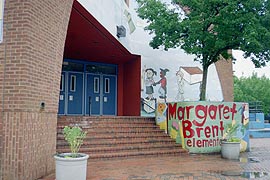














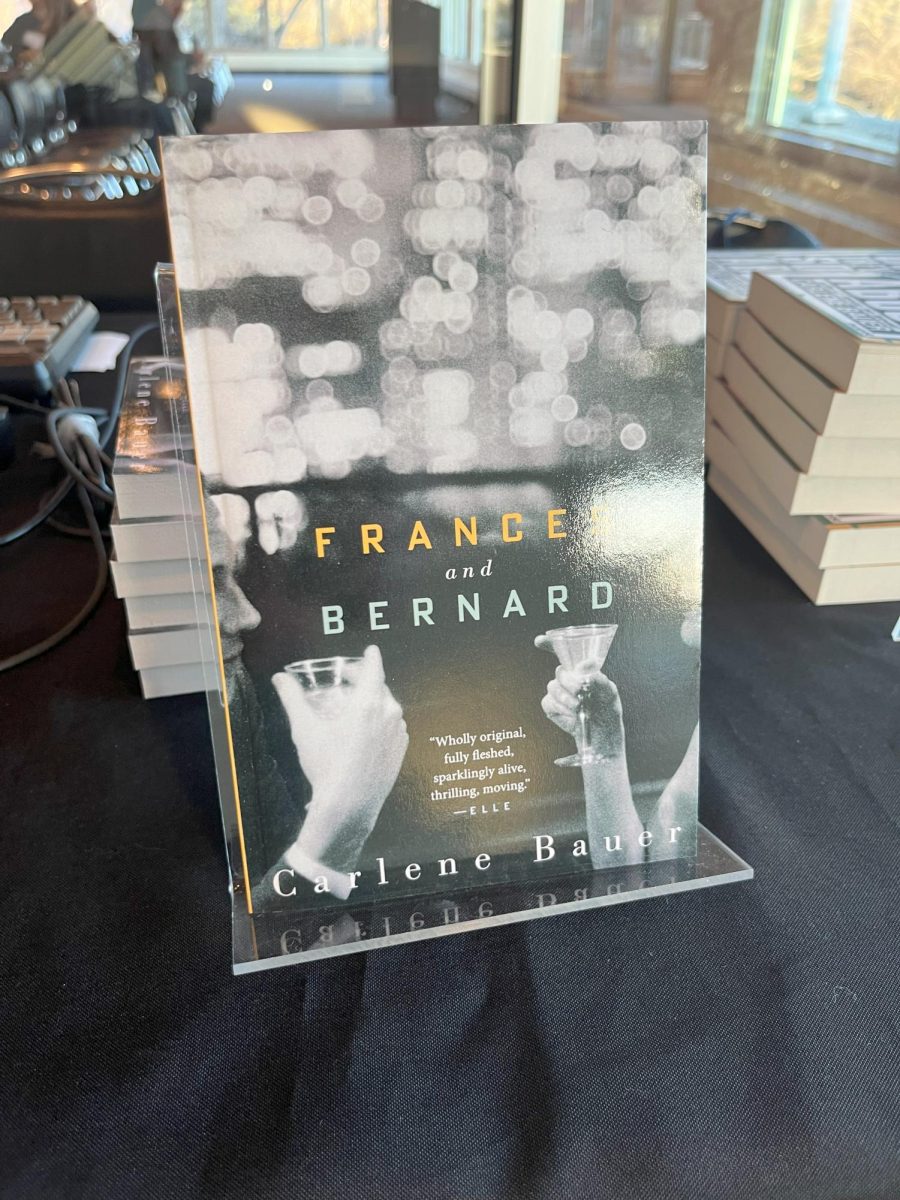









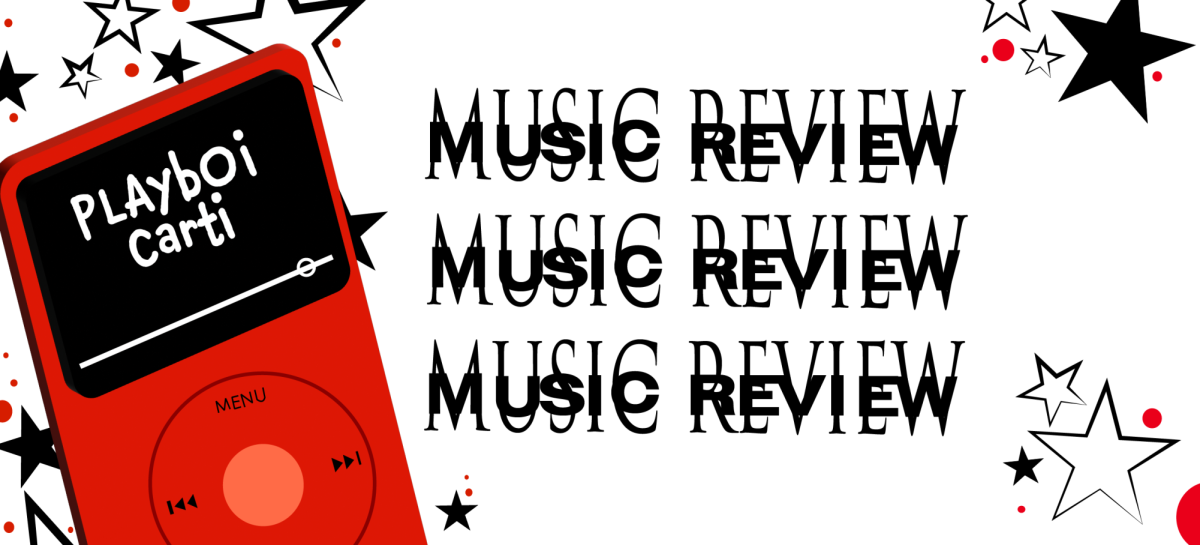








































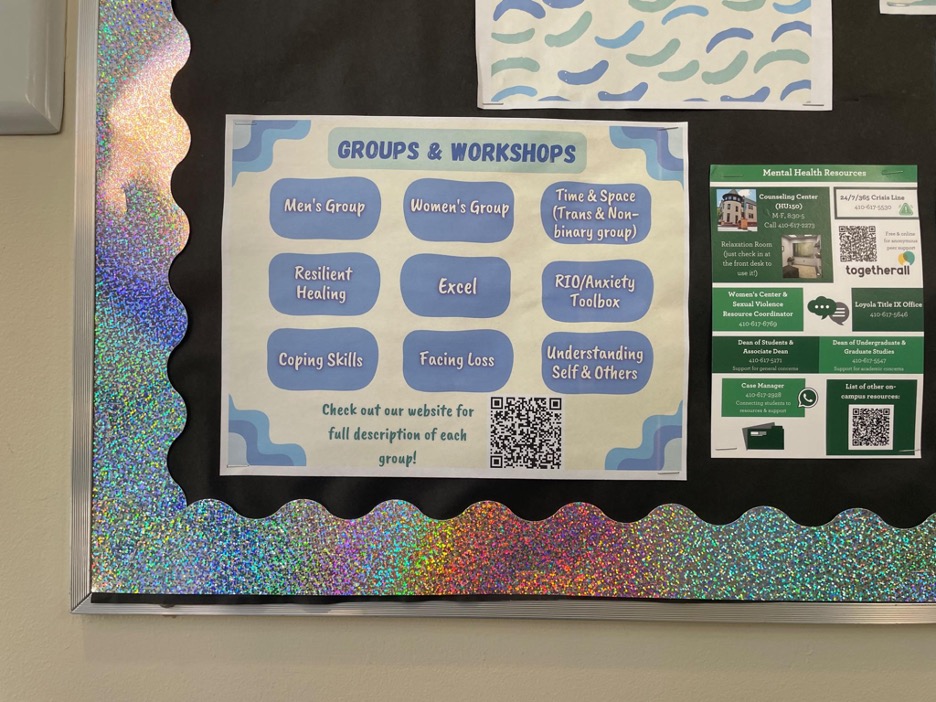




























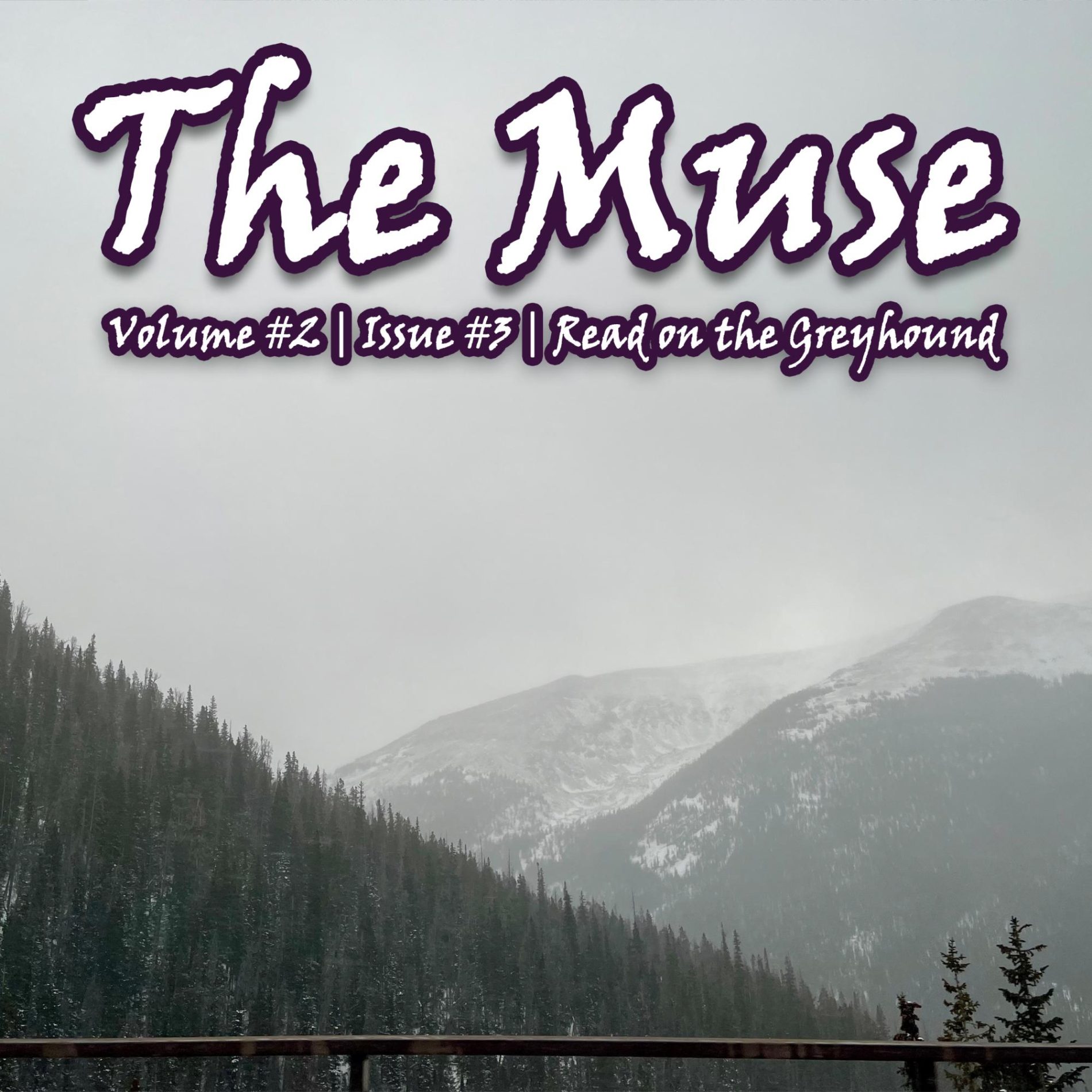
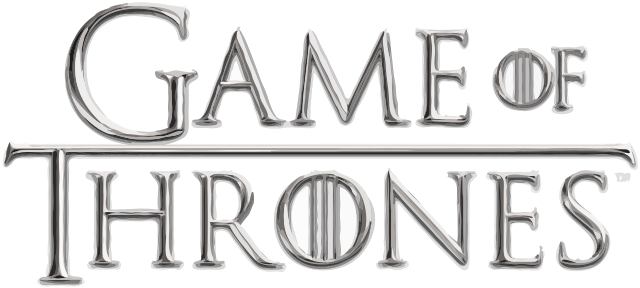

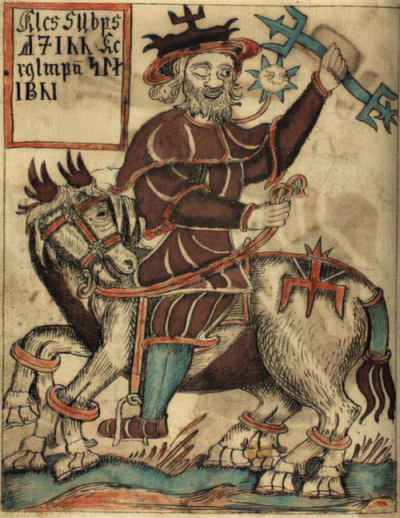

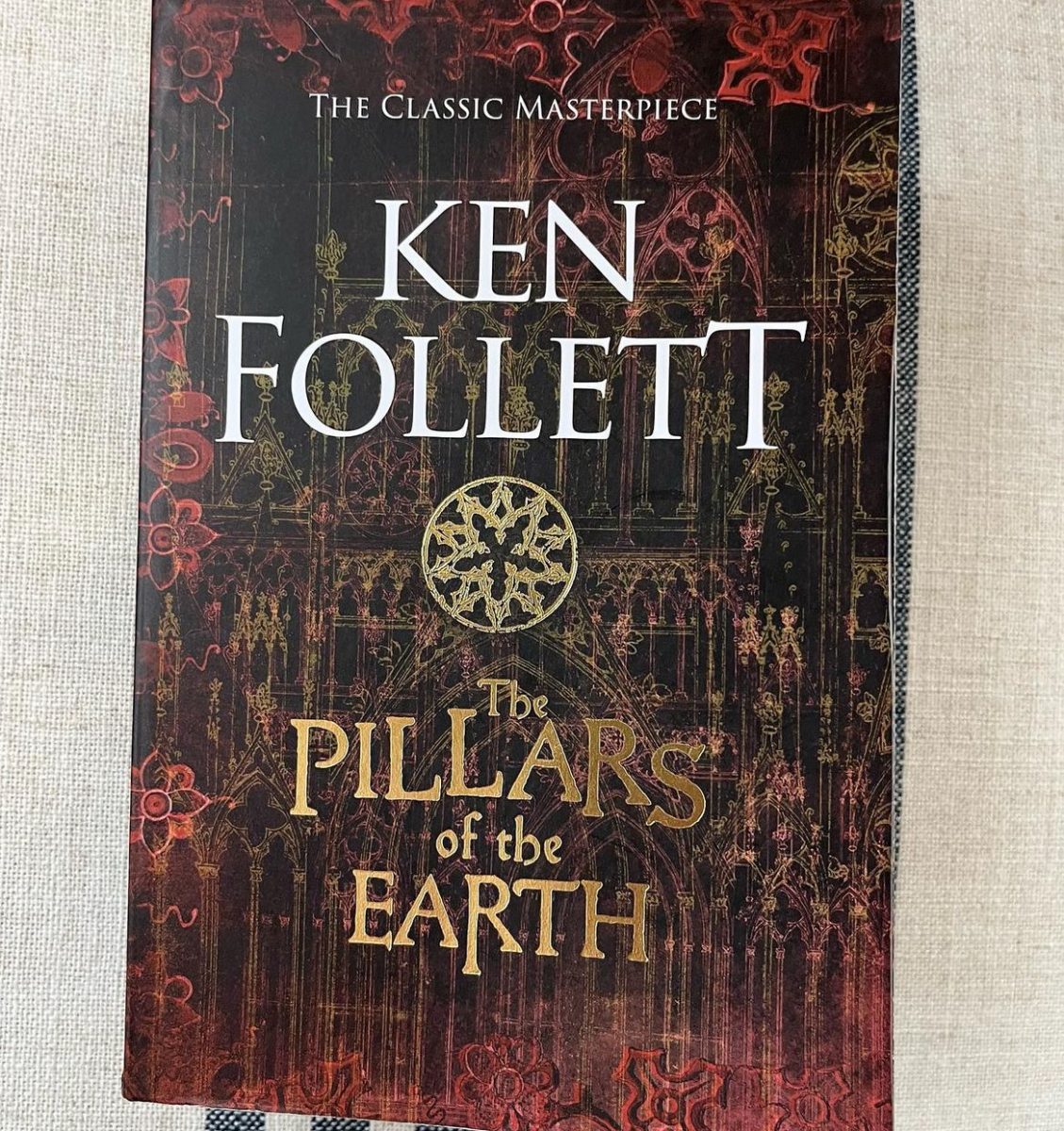
Ellie • Mar 23, 2024 at 5:51 pm
There are also board games based on at least 3 of the Pillars books.
Gary Coe • Jan 25, 2024 at 10:01 am
Great book.